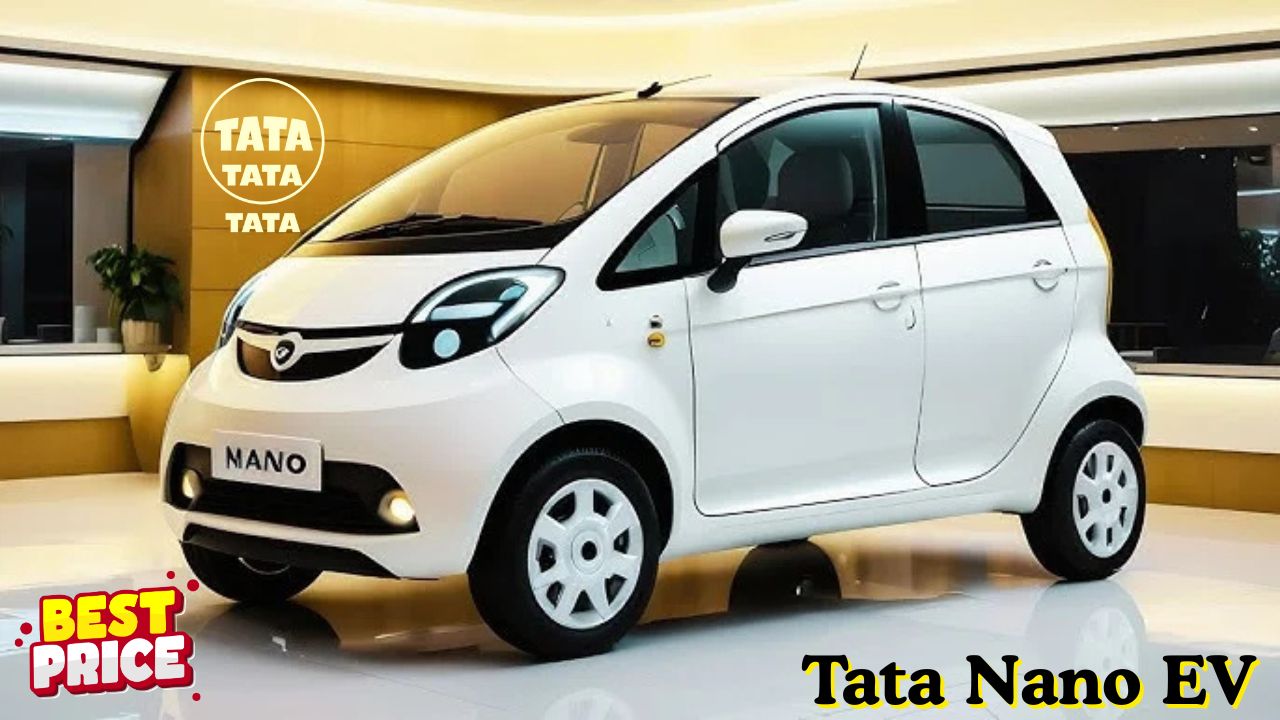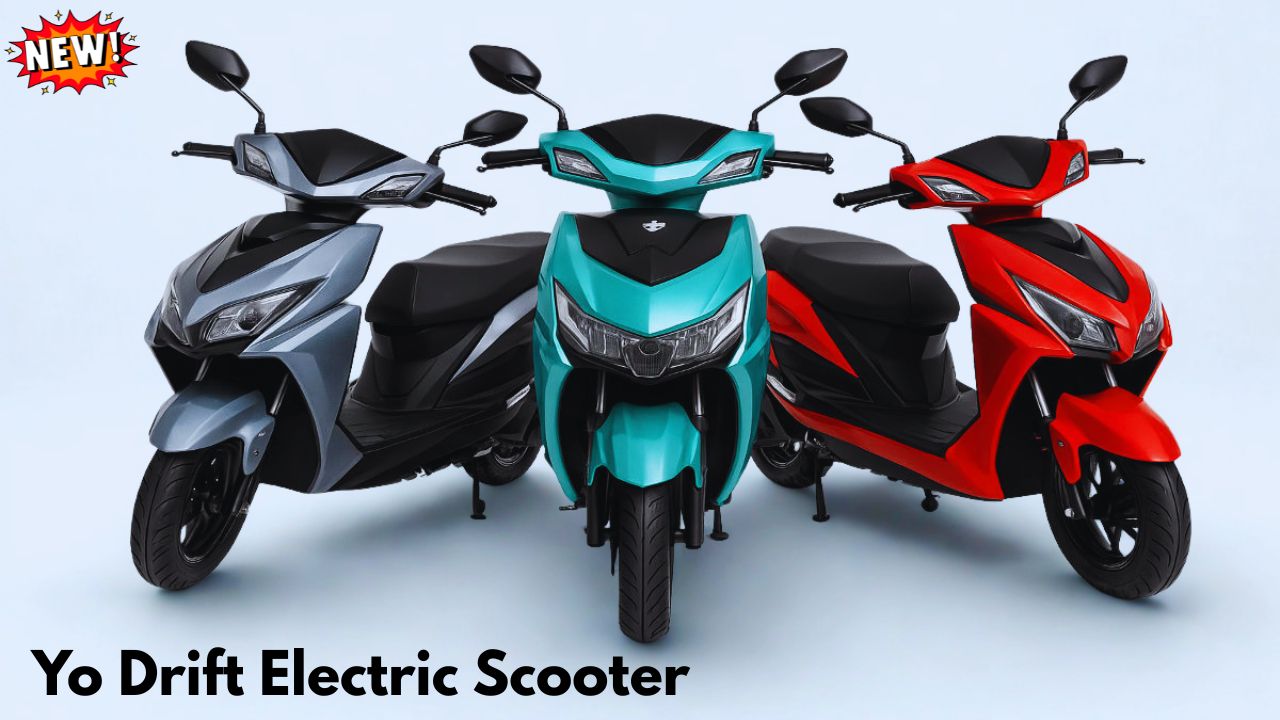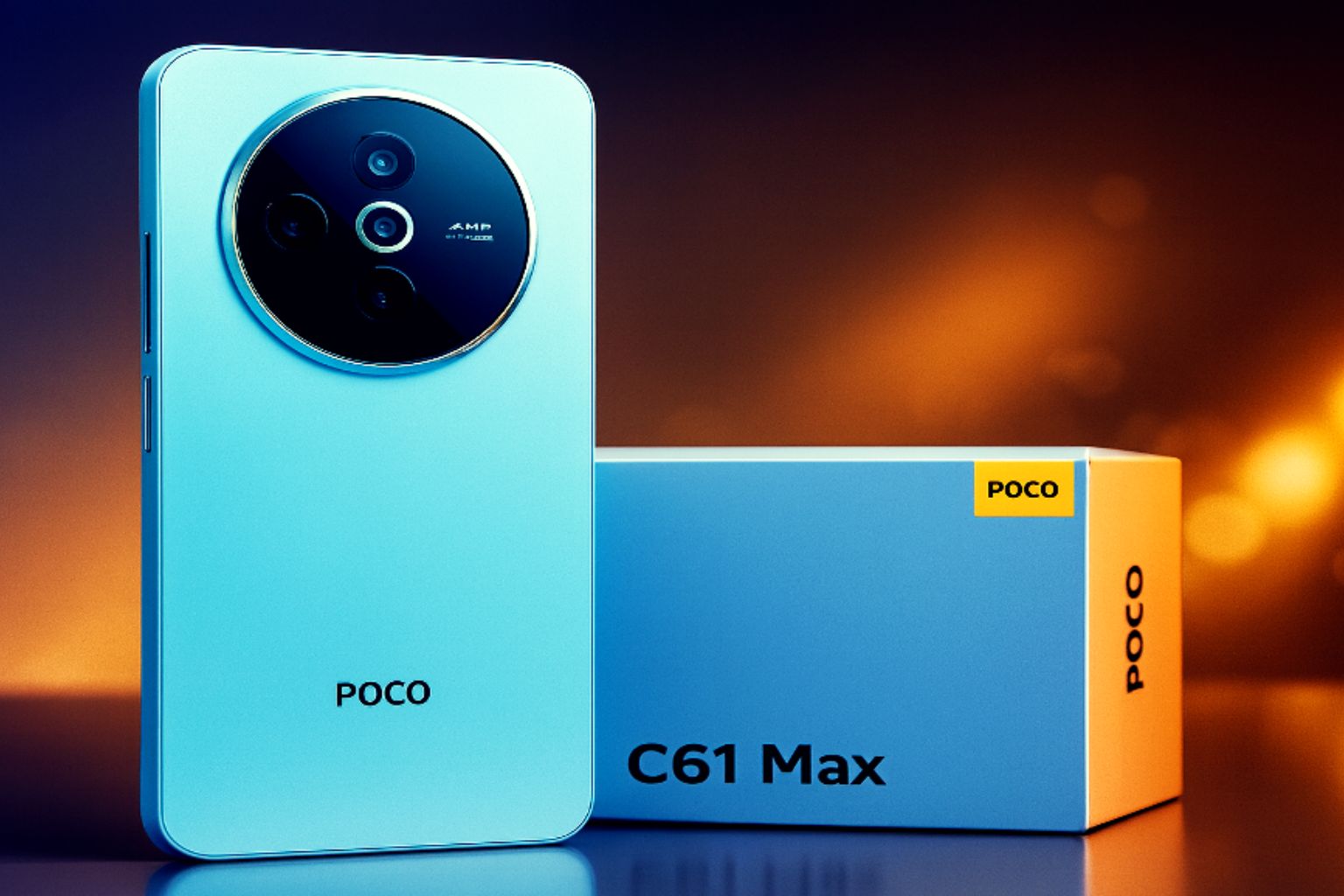Introduction to Tata Nano EV 2025: India’s Most Affordable Electric Car
The electric vehicle (EV) market in India is witnessing an evolution like never before, and the reimagined Tata Nano EV stands as a testament to this electric revolution. Originally launched as the world’s most affordable car, the Tata Nano made waves across the globe for its compact design and budget-friendly pricing.
Now, in its electric avatar, the Tata Nano EV 2025 promises to transform urban mobility once again, offering a futuristic driving experience, premium features, and a range of up to 250 km on a single charge—all at a price that continues to be within the reach of the common Indian. This article delves deep into every facet of this groundbreaking electric car from Tata Motors.
Tata Nano EV 2025 Design and Looks
The new Tata Nano EV doesn’t just borrow the name of its predecessor; it redefines compact car design in the EV era. The overall aesthetic of the car has undergone a modern transformation with sharper lines, LED DRLs, restyled headlamps, and a futuristic closed grille to enhance aerodynamics. It features a bolder stance with sportier alloy wheels, slightly raised height, and an updated rear profile with LED tail lights. Tata has cleverly retained the compact dimensions for ease in urban traffic, while also increasing interior room by reengineering the underbody platform for battery placement.
Chrome elements around the windows, door handles, and a dual-tone finish give it an upscale appearance. A panoramic sunroof, though limited to the top variant, brings a luxury touch rarely seen in this segment. The Tata Nano EV proves that budget cars don’t have to compromise on visual appeal.
Tata Nano EV Interior and Cabin Quality
Step inside the Tata Nano EV 2025 and you’ll be surprised at the premium treatment this small car offers. The interior has been overhauled with soft-touch materials on the dashboard, a floating infotainment touchscreen system, fully digital instrument cluster, and redesigned AC vents.
The cabin color scheme is a pleasant combination of beige and black with subtle ambient lighting on top trims. Tata has provided comfortable leatherette seats with improved lumbar and thigh support, even in the back row. The steering wheel is now a D-cut sporty unit with mounted audio and cruise controls. Space optimization is where the Nano EV shines—the flat floor design and clever battery placement under the seat area frees up legroom, making it comfortable for four adults.
Tata Nano EV Infotainment and Connectivity Features
Despite being a budget vehicle, Tata Motors has integrated several high-end features in the Tata Nano EV. The centerpiece is a 7-inch touchscreen infotainment system that supports Android Auto, Apple CarPlay, and Bluetooth connectivity. The system also includes voice command functionality and over-the-air (OTA) software updates.
The Nano EV also includes Tata’s connected car technology with ZConnect app support that allows users to monitor battery status, location tracking, geofencing, remote lock/unlock, and even climate control pre-cooling. USB Type-C fast charging ports, wireless smartphone charging, and a rear parking camera with dynamic guidelines are standard on mid and top variants.
Tata Nano EV Battery, Charging, and Range Performance
The heart of the Tata Nano EV is its high-efficiency electric powertrain powered by a 26 kWh Lithium-Ion battery pack. This battery is IP67 certified, ensuring resistance against dust and water. The car boasts a certified range of 250 kilometers on a single full charge under standard driving conditions, which makes it ideal for city usage and occasional highway rides.
The battery supports fast charging—0 to 80% in just 56 minutes with a DC fast charger. With a standard 15A home socket, full charging takes approximately 6–7 hours. Tata has emphasized battery safety by integrating thermal management systems and multi-layered protection architecture, adhering to Indian and international safety norms.
Tata Nano EV Driving Performance and Handling
Don’t let the compact size fool you—the Tata Nano EV delivers a smooth and zippy performance that’s perfect for urban traffic and congested streets. The electric motor produces 40 bhp and 90 Nm of instant torque, enabling peppy acceleration from a standstill. The car can go from 0 to 60 kmph in around 6.5 seconds, which is impressive for its size.
The automatic transmission ensures ease of driving, especially for beginners. Three drive modes—Eco, City, and Sport—allow the driver to adapt performance according to needs. The regenerative braking system not only improves range efficiency but also provides a smoother braking experience. The steering is light, and the turning radius is tight, which is a blessing in crowded city areas and narrow lanes.
Tata Nano EV Safety Features and Build Quality
Tata Motors has placed a strong emphasis on safety in the new Nano EV. The vehicle is built on the strengthened ALFA architecture platform, providing a rigid frame to absorb impacts. It includes dual airbags, ABS with EBD, rear parking sensors, ISOFIX child seat mounts, seatbelt reminders, and high-speed alerts.
The battery pack is fireproof and has been tested under extreme temperature and impact conditions. The high voltage cut-off and smart battery management system reduce risk in case of short-circuits or system errors. Top variants are also equipped with hill-hold assist and ESC (Electronic Stability Control), which are remarkable inclusions in a budget EV.
Tata Nano EV Variants and Customization Options
The Tata Nano EV 2025 is expected to be offered in three main variants: XE, XM, and XZ+. The base XE variant will be focused on affordability with necessary safety and functional features. XM will add more creature comforts like infotainment and remote connectivity. The XZ+ will be the fully loaded version with all the premium additions like sunroof, cruise control, digital cockpit, connected car suite, and fast charging support.
Tata is also planning to offer personalization options under its “Tata.ev” brand with multiple dual-tone paint jobs, seat color choices, dashboard accents, and limited-edition themes. This will appeal to young buyers who seek a distinct and personalized vehicle without breaking the bank.
Tata Nano EV Price in India and Launch Details
Tata Motors is known for disruptive pricing, and the Nano EV is no exception. Industry sources suggest the Tata Nano EV will have an ex-showroom price starting at ₹4.50 lakh for the base variant and going up to ₹6.50 lakh for the top-end trim. This makes it the most affordable electric vehicle in India with a usable driving range and full-fledged features.
The official launch is expected in the festive season of 2025, with bookings to begin a few weeks prior. Tata plans to initially launch it in Tier-1 and Tier-2 cities followed by a national rollout. The vehicle will be available via Tata’s showrooms as well as online booking platforms.
Tata Nano EV vs Competitors in Indian Market
The closest rivals to the Tata Nano EV in the Indian electric car market will be the MG Comet EV, PMV EaS-E, and Citroen eC3. However, the Nano EV beats them in pricing, practicality, and real-world usability.
Compared to the MG Comet, the Nano EV offers better range and more interior room. Against PMV EaS-E, the Tata product delivers superior build quality, support network, and passenger comfort. Even when put up against pricier options like the Tiago EV, the Nano EV holds its own by offering a similar experience at a more aggressive price point.
Tata Nano EV Maintenance and Running Costs
EVs are already known for low maintenance, and Tata has fine-tuned the Nano EV to offer the lowest total cost of ownership in its class. Without a combustion engine or gearbox, regular oil changes and transmission maintenance are eliminated. Battery health is monitored digitally and the powertrain has fewer moving parts, reducing wear and tear.
Tata also offers an 8-year/1.6 lakh km warranty on the battery pack and a 5-year standard vehicle warranty, boosting buyer confidence. Estimated running costs are as low as ₹0.85 per km, making it one of the most economical vehicles to operate in India.
Environmental Impact of Tata Nano EV
The introduction of the Tata Nano EV aligns with India’s national goal of reducing vehicular emissions and promoting electric mobility. The car has a zero-tailpipe emission design, meaning it doesn’t contribute to urban air pollution.
Tata is also investing in green battery manufacturing and recycling programs to ensure a lower carbon footprint across the product lifecycle. Additionally, the Nano EV is expected to play a critical role in reducing dependence on fossil fuels, especially in the budget car segment which has massive reach in India.
Future of Urban Mobility with Tata Nano EV
The Tata Nano EV 2025 is not just a product; it represents the future of mass mobility in India. Its affordability, practicality, and smart feature set are geared toward first-time buyers, college students, city dwellers, and families seeking a second car. The vehicle is also expected to be used by ride-sharing services and delivery companies due to its cost-effectiveness and zero-emission nature.
With more charging infrastructure coming up across urban and rural areas, and government incentives in place for EV buyers, the Tata Nano EV has the potential to become as iconic in the electric era as the original Nano was in its time.
Conclusion
The Tata Nano EV 2025 redefines what an affordable car can offer in modern times. From premium design and digital tech to safety, range, and affordability—it’s a well-rounded electric vehicle that answers the needs of Indian consumers. Tata Motors has not only revived a legendary brand but also positioned it to lead the way in the electric revolution. As the demand for cleaner, greener, and cost-effective mobility grows, the Tata Nano EV emerges as a symbol of change—one that’s small in size but big on impact.










